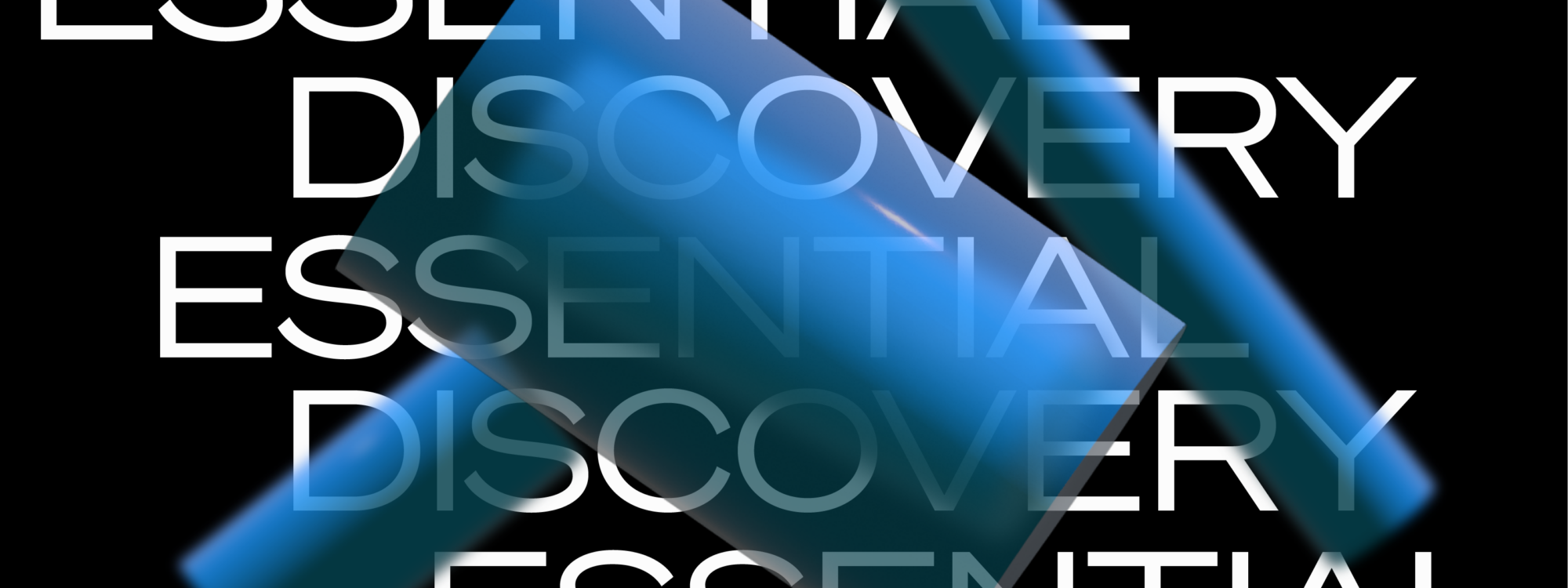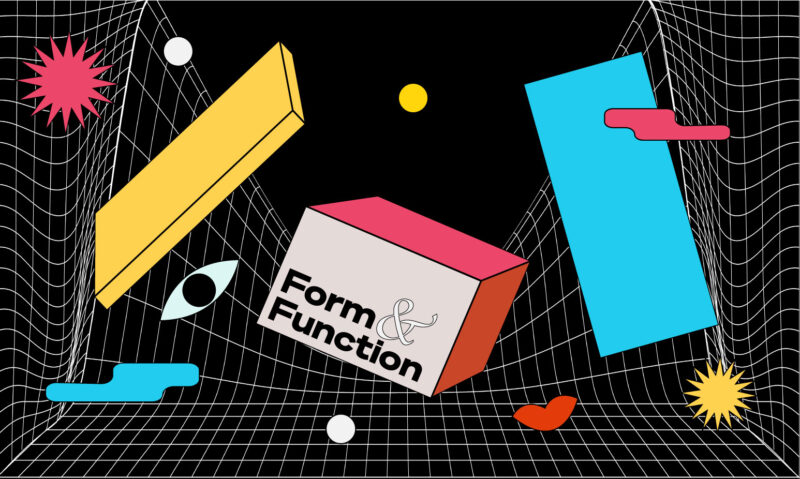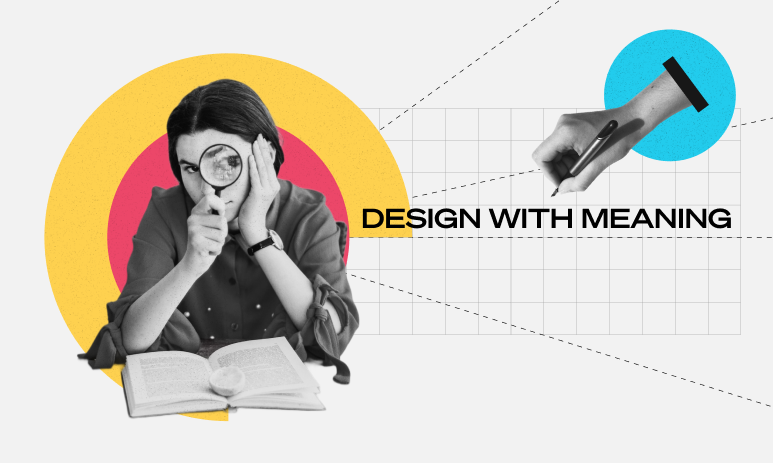Related Services
Credits
Writer: Dejan Kvrgic

Users and stakeholders alike are putting tremendous pressure on companies to come up with something innovative.
But to produce profoundly groundbreaking, not merely “novel” products, product teams must employ a set of carefully developed – and continuous – discovery processes and methods.
That’s what’s commonly referred to as product discovery – the process used to determine what needs to be developed. It’s one of the vital stages of the product design process that will provide your team a way to confirm your vision and assumptions about your target audiences – and offer solutions to critical issues, such as:
- Is this problem worth solving?
- What solutions are worth pursuing?
- Is this solution practical and effective?
- Will consumers pay for this product?
We’re getting ahead of ourselves, though. It’s essential to realize that there are two components to the product discovery process: It starts with gaining a thorough understanding of customers, and then it moves on to using that information to support the development of essential products for said customers. But why is product discovery so important?
Why Is Product Discovery Vital For Product Teams?
Product discovery is critical in assisting product teams in determining which features or products to prioritize and create and laying the groundwork for attaining product excellence. Developing a product is complex, riddled with challenges, and not to mention expensive. When a team makes false assumptions about what their target audience needs and wants at the start of that process, their product is usually set up to fail. Well, life’s too short – and budgets are too limited – for that.
Product discovery essentially offers your team a better way to approach this. Product teams can develop products that their consumers desire – and, more importantly, need – by cultivating a more profound knowledge of their target audience. This method helps teams transcend beyond the “nice to have” features and products. Instead, it encourages them to develop solutions that address the problem – and turns into a genuine need for their customers. Or, in short, it’s about approaching product development from a user-centric point of view.
“What does our target audience want and expect?”
That’s the type of question you should be asking here. A vital product is one that can satisfy your customer’s deep needs – to the point where they can’t imagine life without it. In this regard, the benefit should be obvious: Necessities are in higher demand and have a better rate of success. That’s not to say that nice-to-have things don’t make for successful products; far from it. As long as it adds value to the consumer’s life, they will continue using it. One could argue where “nice to have” ends and “essential” begins, anyway. The lines tend to be blurred when you have a great product on your hands. And the main distinction between a product that provides value and fills the market gap and one that doesn’t is successful product discovery. Product discovery adds value not only to the product team but also to the organization and the customer. It helps your team avoid spending resources chasing the wrong ideas and developing products that no one wants – and it offers something to the consumers that they will likely deem “essential.” When businesses fail to achieve this, it’s generally because they weren’t diligent enough in their consumer research. Instead, they built their product on assumptions that were not supported by facts and data.
Product Discovery Blueprint: Key Steps In Product Discovery
Don’t jump straight into designing solutions; stick around in the “problem space” a bit longer and try to understand it better. On a side note, thinking outside the box will be crucial if you hope to execute – or even enhance – your product discovery process. And not just outside the box; start looking outside the walls of your building and out into the “real world,” where your customers are.
By that, we mean – turn to the consumers for ideas and insights on how your products should be created. Your customers are the real experts in that domain; they will always know way more about their needs than we could ever know. Despite the more than evident advantage of product development based on consumer research, most businesses still don’t do it – and there are two reasons why. To begin with, gathering customer data and continuously striving to improve your understanding of your audience can be complicated and time-consuming. Second, doing customer research is generally delegated to a few people of the product or marketing team. And to perform world-class product discovery, these teams must collect more consumer data and distribute those insights across the entire company more equally.
Step #1 Question Your Assumptions
Challenge the assumptions that underpin your present methodologies as the first step toward enhancing your product discovery process.
Here’s an example:
Does your team prioritize features based solely on previous experience? That means you are assuming that their expertise in the field trumps new customer insights, which may or may not be the case. Do most of your product initiatives come from the executive team? Well, then you’re assuming that they know what is best for your customers – which isn’t necessarily true. Do you see where we’re going with this? Lay your team’s biases and preconceptions out on the table and try to view them as nothing but hypotheses. And then, dare to put them to the test.
Step #2 Carry Out Empirical Customer Research
You can test your assumptions using two sorts of consumer data, qualitative and quantitative.
Qualitative data is subjective and used to gauge emotions and intent through surveys, customer interviews, and focus groups. This information helps businesses in developing empathy for their customers and learning what it’s like to walk in their shoes. Involve all departments – from marketing to development – in doing the interviews and collecting qualitative data. It will help you to establish an empathic understanding of your customers. Quantitative data is numerical in nature; the focus is on user data or testing. This data is crucial for validating your assumptions. Everything you create will turn into a huge house of cards on the verge of collapsing if you don’t. Why? Because it might be based on potentially false assumptions. Designs tend to be skewed by untested assumptions – resulting in poor performance.
Step #3 Produce Design Artifacts & Prototypes
Product discovery artifacts can assist your company in preserving its user data and keep it top of mind. They should be updated, modified, and referred to often during the product discovery process; they are, in essence, ever-changing, living documents. The first example would be a journey map – a literal map depicting the user’s journey, with the “actions” representing the points along the way to their goal – that must be founded on empirical user research rather than previous experiences and intuition. Beware, though – companies can often be led astray by inaccurate journey maps that are often based on guesswork and riddled with personal views and assumptions that might not align with true customer insights.
Another example is an empathy map – a four-quadrant diagram of the customer, capturing what their consumers think, hear, see, and say. That will assist you in gaining a firm understanding of how your products and services make your target audience feel. Finally, there’s the consumer persona – a rough representation of a group of your users, paired with a set of demographics, psychographics, and habits that assist your company in visualizing their average client when designing the product. And since the main point of product discovery is ensuring that your team is working on the right thing, the role of prototyping as a way to communicate your ideas and test the concept shouldn’t be overlooked.
From Great Product Discovery To Excellent Product Development
Products that are founded on actual consumer data, thorough research, and insights will provide you with priority guidelines and lead to significantly better outcomes, elevating your product from a “nice to have” to a “necessity.” Sure, it will be a time-consuming process. Then again, a hastily designed product developed based on the wrong assumptions won’t yield the expected outcomes. After all, Rome was not built in a single day. Ready to dive deeper into product development and conduct data-driven product discovery – but unsure where to start? Get in touch, let’s see what we can do to help!


